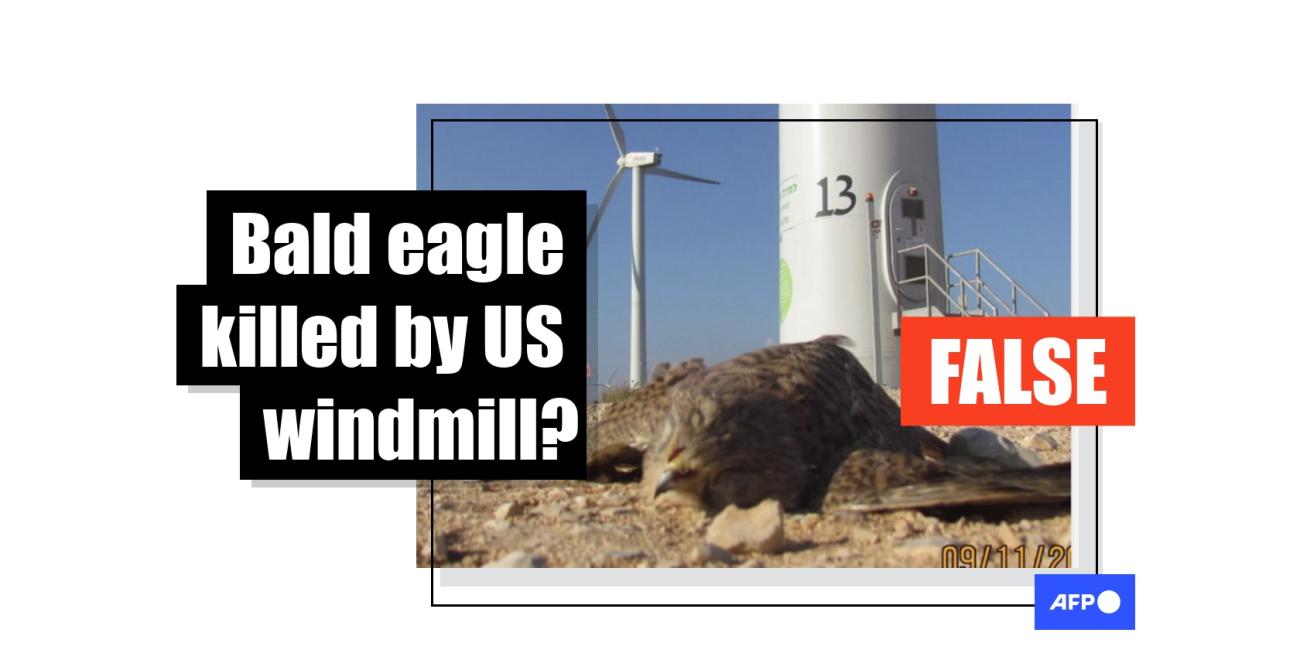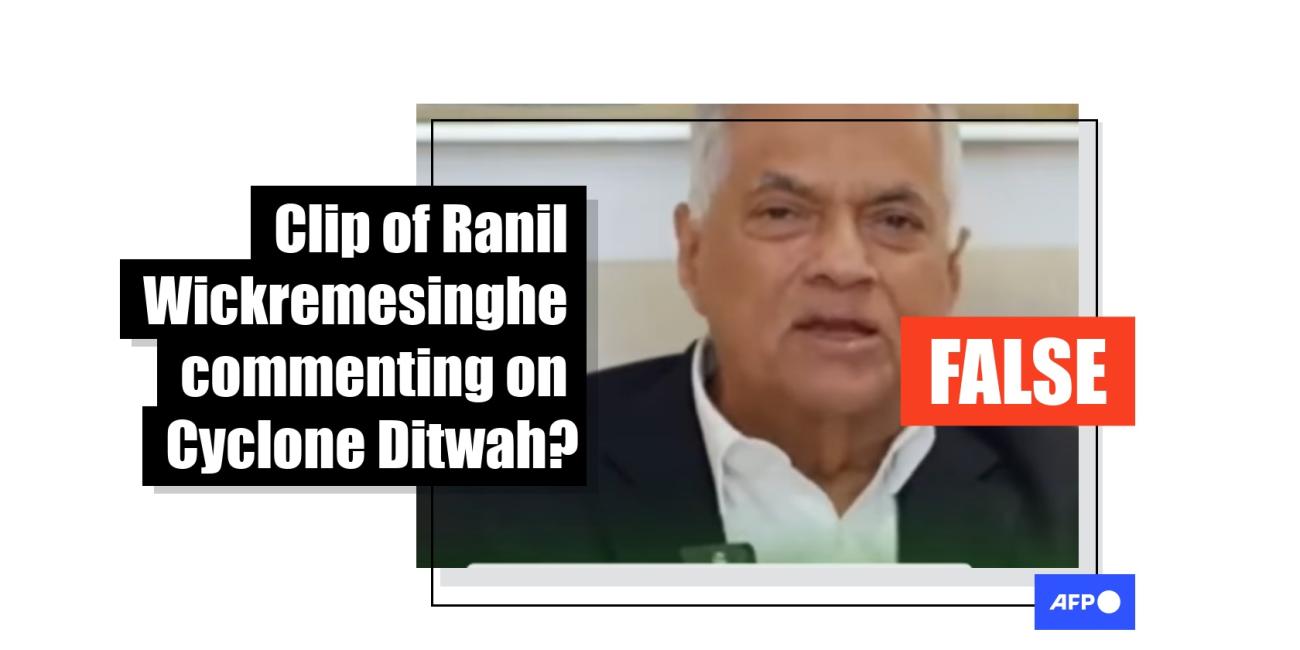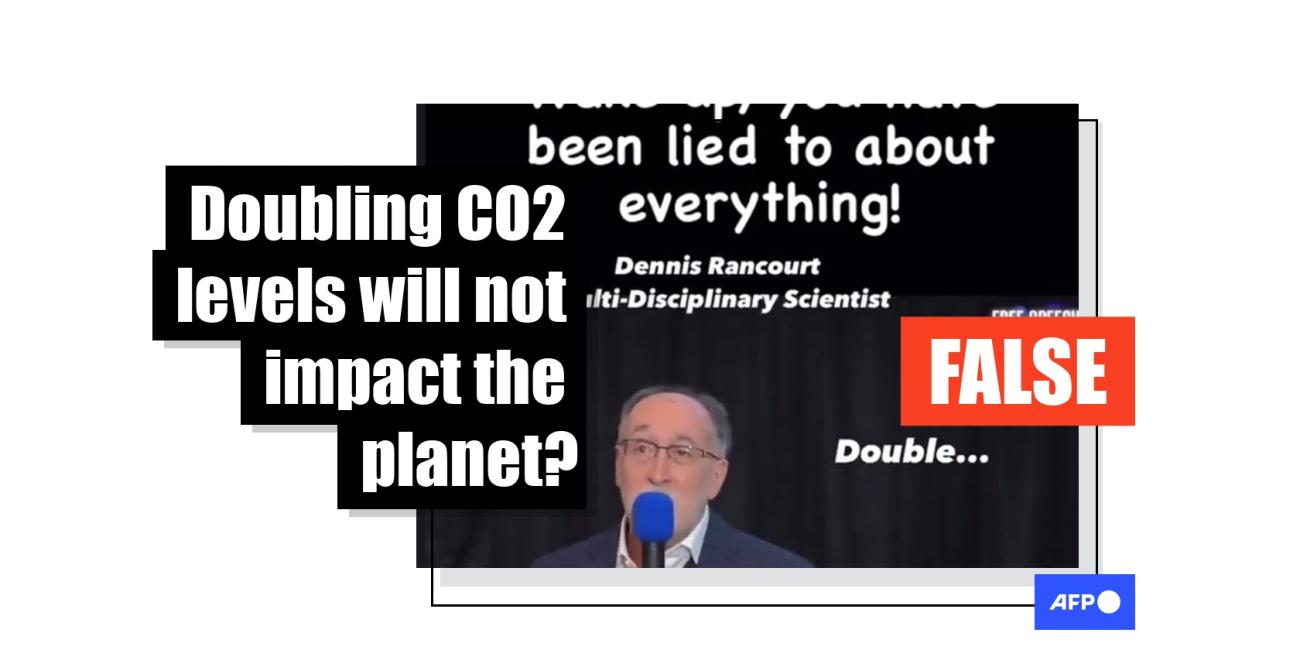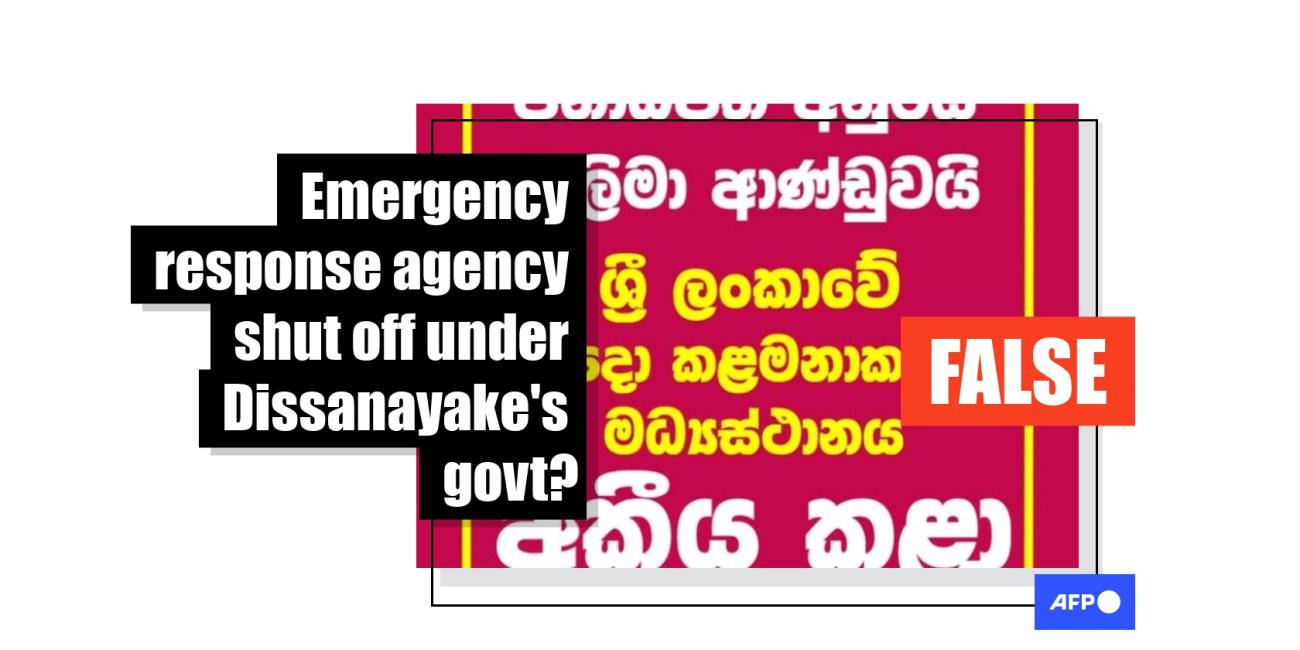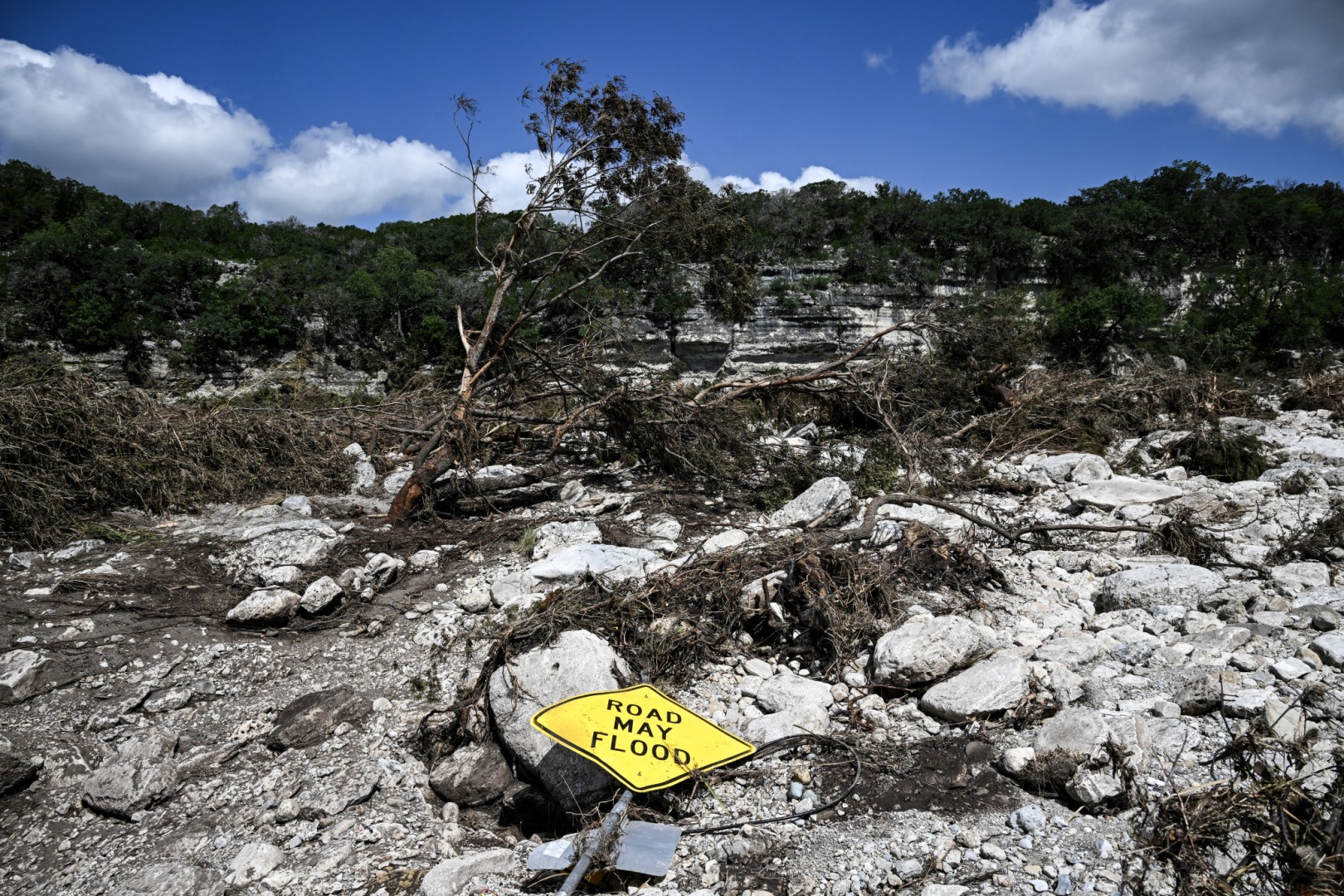
Texas cloud seeding operation triggers conspiratorial outrage after deadly floods
- Published on July 11, 2025 at 00:06
- 4 min read
- By Manon JACOB, AFP USA
"BREAKING: Federal agencies paid a private cloud seeding company to spray Texas skies -- just 2 days before deadly floods killed 60+. No public comment. No oversight. No accountability. Call it weather modification. Call it a conspiracy. But it's happening," says a July 6, 2025 post on X.
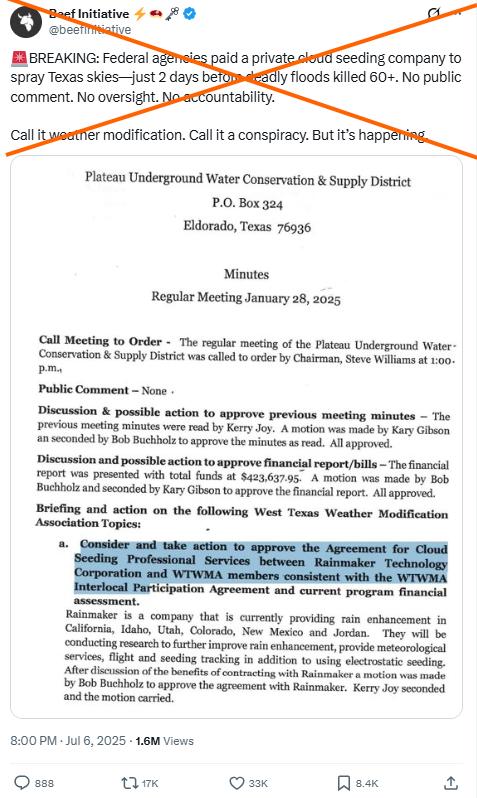
A series of similar claims about the involvement of weather manipulation circulated after floods on the Fourth of July holiday ravaged the Texas Hill Country region of the southern US border state, claiming more than 120 lives, including many children.
The claims included commentary from Republican Congresswoman Marjorie Taylor Greene -- who has repeatedly pushed such a narrative after natural disasters -- and reverberated all the way to national television network, Fox News (archived here).
Cloud seeding, a technique that introduces tiny particles into the sky to induce rain over small geographical areas, has gained popularity worldwide as a way to combat drought and increase local water supplies (archived here).
As of 2022, seven cloud seeding projects covered about 31 million acres, equivalent to one-sixth of the land area of the state, according to Texas Department of Licensing and Regulation (archived here).
Many posts placed the blame for the intensity of the floods on one particular cloud-seeding company operating in the region -- Rainmaker Technology Corp.
But while it has become a recurring topic of misinformation, scientists say it cannot create weather events the size of the Texas floods.
"Cloud seeding can't trigger floods of this size," University of Colorado Boulder professor Emily Yeh told AFP July 10 (archived here).
General estimates of rain increases through cloud seeding are in the range of ten percent, Yeh explained. All programs have strict suspension requirements, she said, and no operational program would try to seed a large storm.
Regulated activities
The outrage over cloud seeding took off in part because Augustus Doricko, founder of California-based Rainmaker Technology Corp, said to several media outlets and on X that his company conducted a cloud-seeding operation in the region on July 2 (archived here).
"We've probably received in excess of 100 explicit death threats on either email or X, [with] probably about one order of magnitude more calls for my incarceration," Doricko reportedly told Wired (archived here).
But the operation did not trigger the floods, Doricko and independent experts say.
"Unequivocally, our cloud seeding operations on July 2 did not impact the flooding that occurred later," Doricko said in a July 9 interview on The Will Cain show (archived here).
"We have what are called suspension criteria where if there are National Weather Service flash flood warnings or severe storm warnings, then we cannot operate in those areas per the restrictions and regulations we have," Doricko said. "Our meteorologist actually proactively suspended operations a day before the National Weather Service issued a flash flood warning."
AFP reached out to Doricko for further comment, but no response was forthcoming.
Marya Al Homoud, a scientific researcher on cloud seeding at the Almobdioon Center for Studies and Research in Saudi Arabia, confirmed in a July 9 email that "cloud seeding cannot be applied during extreme weather conditions (such as rainstorms leading to floods), as this technology is applied under specific and safe conditions" (archived here).
Homoud, who has studied the efficiency of cloud seeding over Tom Green County in Texas, said no scientific evidence exists linking the method to floods (archived here).
"Floods have several causes, including climate, atmospheric and weather conditions, as well as environmental conditions," she said.
Geographic and atmospheric conditions
A warmer atmosphere holds more moisture, loading the dice for heavier downpours (archived here). And in addition to the extreme terrain and atmospheric conditions, the floods may have been more deadly because they happened at night and around a holiday.
Meteorologist Alan Gerard, and former employee of the National Oceanic and Atmospheric Administration, told AFP July 9 that the "catastrophic flash flood was really an absolute worst case scenario from a meteorological perspective and a societal perspective" (archived here).
"The Texas Hill Country is informally known as 'flash flood alley' because the hilly terrain and soil type helps create flash floods in the river channels in the region," he said.
He added: "Friday's flood happened in the middle of the night when people are least likely to receive and act on warnings, and occurred along a river that has numerous campgrounds and resorts, on the Fourth of July when many of these facilities were full."
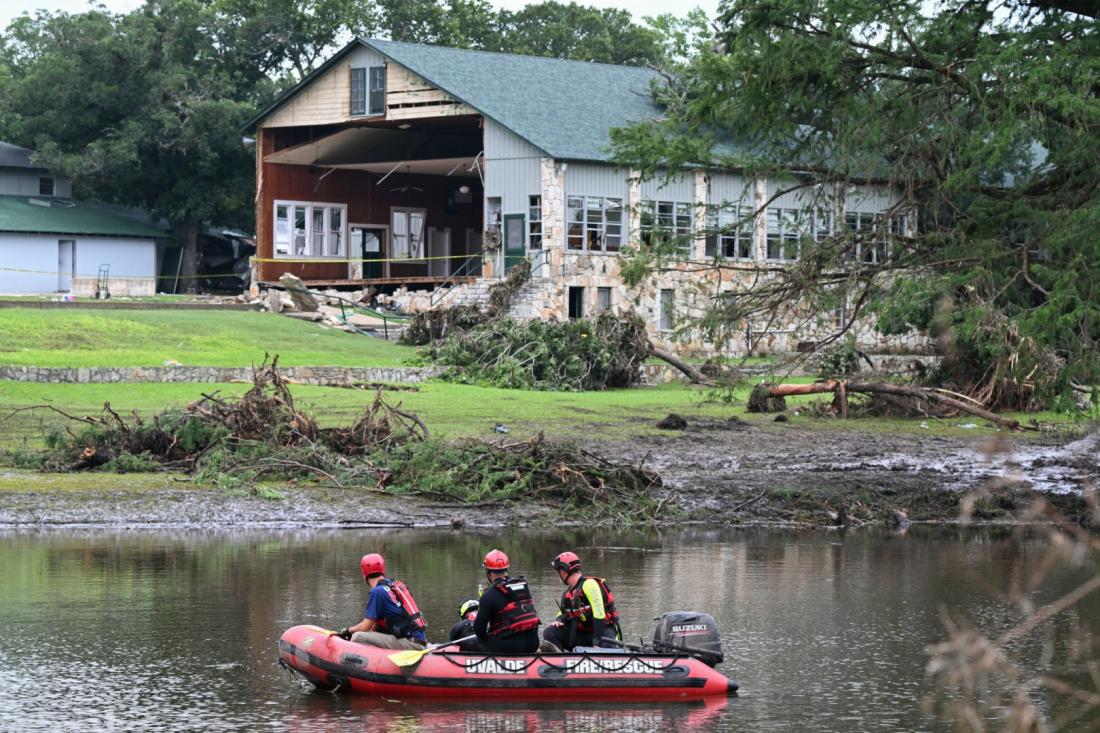
A preliminary analysis by ClimaMeter, a non-profit platform that offers near-real-time insights into the dynamics of extreme events and their relations to climate change, found that the meteorological conditions preceding the Texas floods, which delivered more than twice the monthly average rainfall in a single day, also could not be explained by natural variability alone (archived here).
The report, based on past similar disasters in the area, characterized the Texas floods as a "very exceptional weather event" that "may be due to human-driven climate change, with a contribution from natural variability."
Texas authorities have faced mounting scrutiny over the response to the flooding, as details surfaced about reported delays of early alerts that could have saved lives.
The National Weather Service, like other federal agencies, has experienced deep staffing and budget cuts under US President Donald Trump's administration, but experts say its forecasters rose to the challenge despite the constraints.
AFP has debunked other claims about the Texas floods and previously reported on conspiracy theories about cloud seeding.
Copyright © AFP 2017-2025. Any commercial use of this content requires a subscription. Click here to find out more.
Is there content that you would like AFP to fact-check? Get in touch.
Contact us
